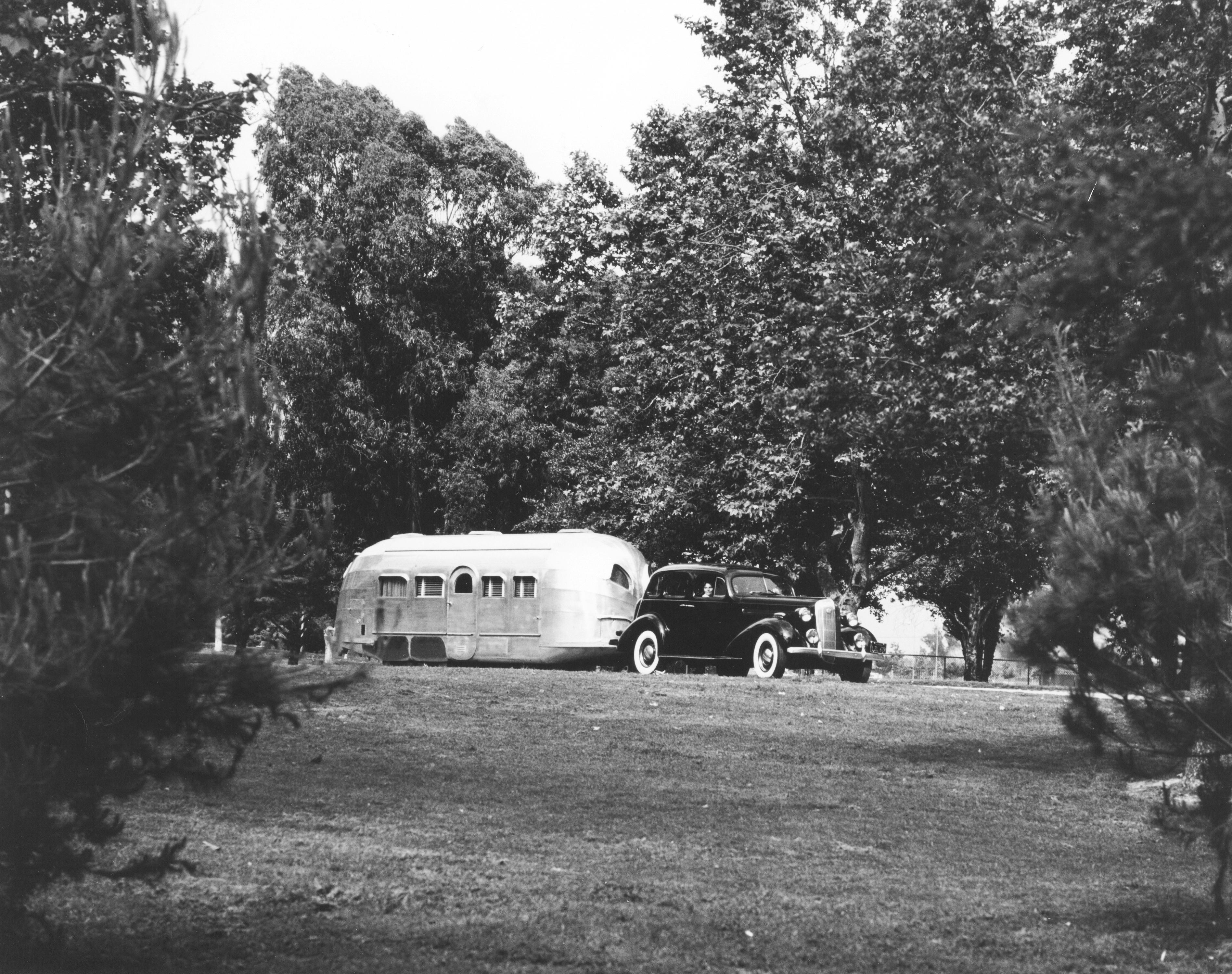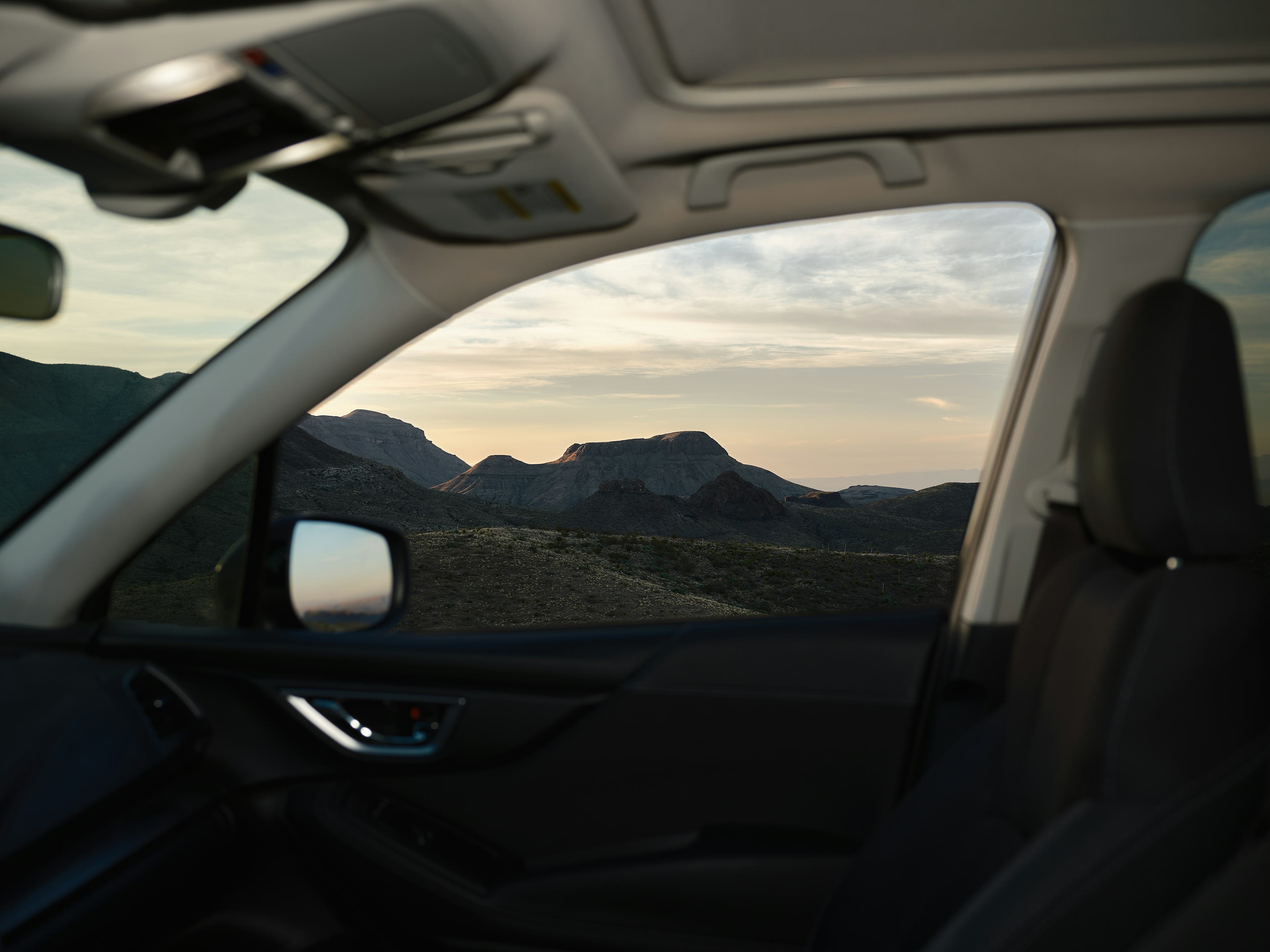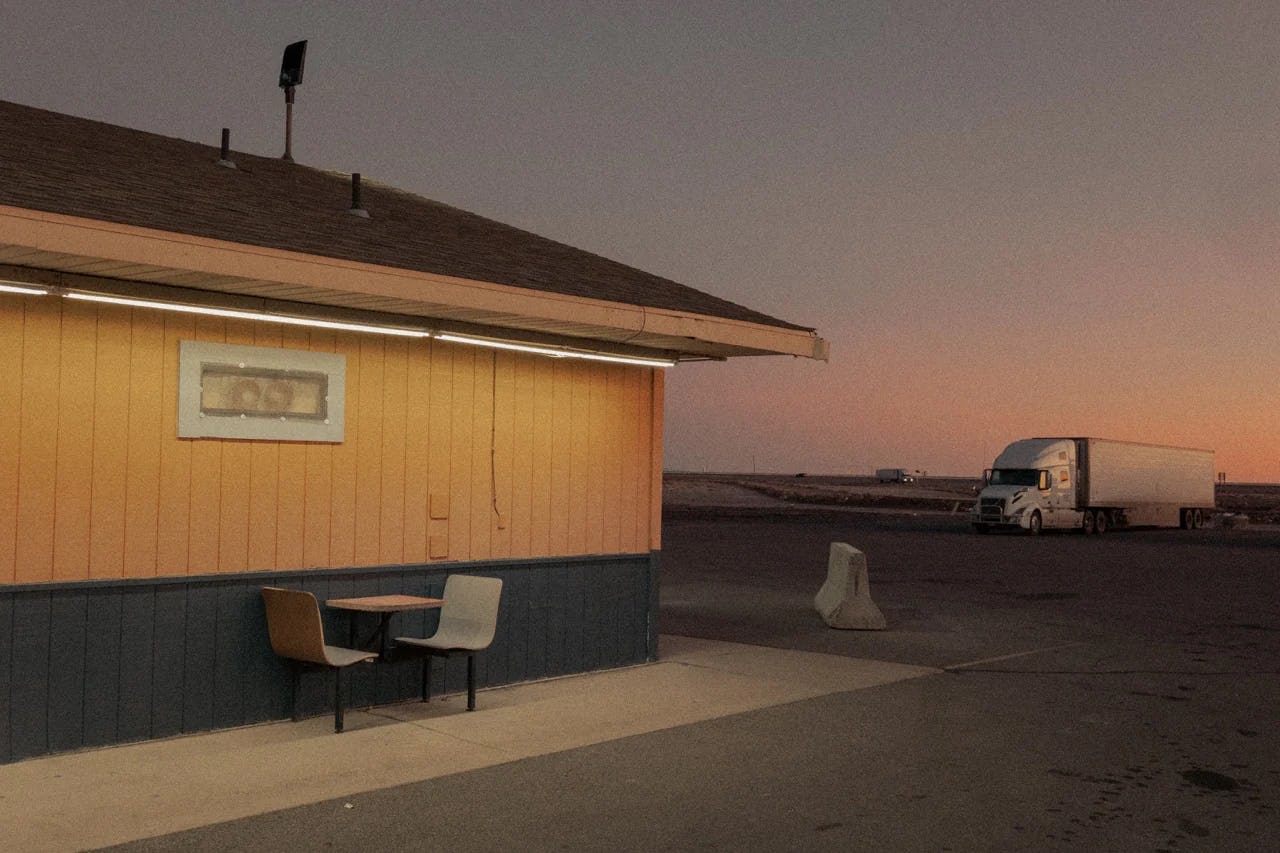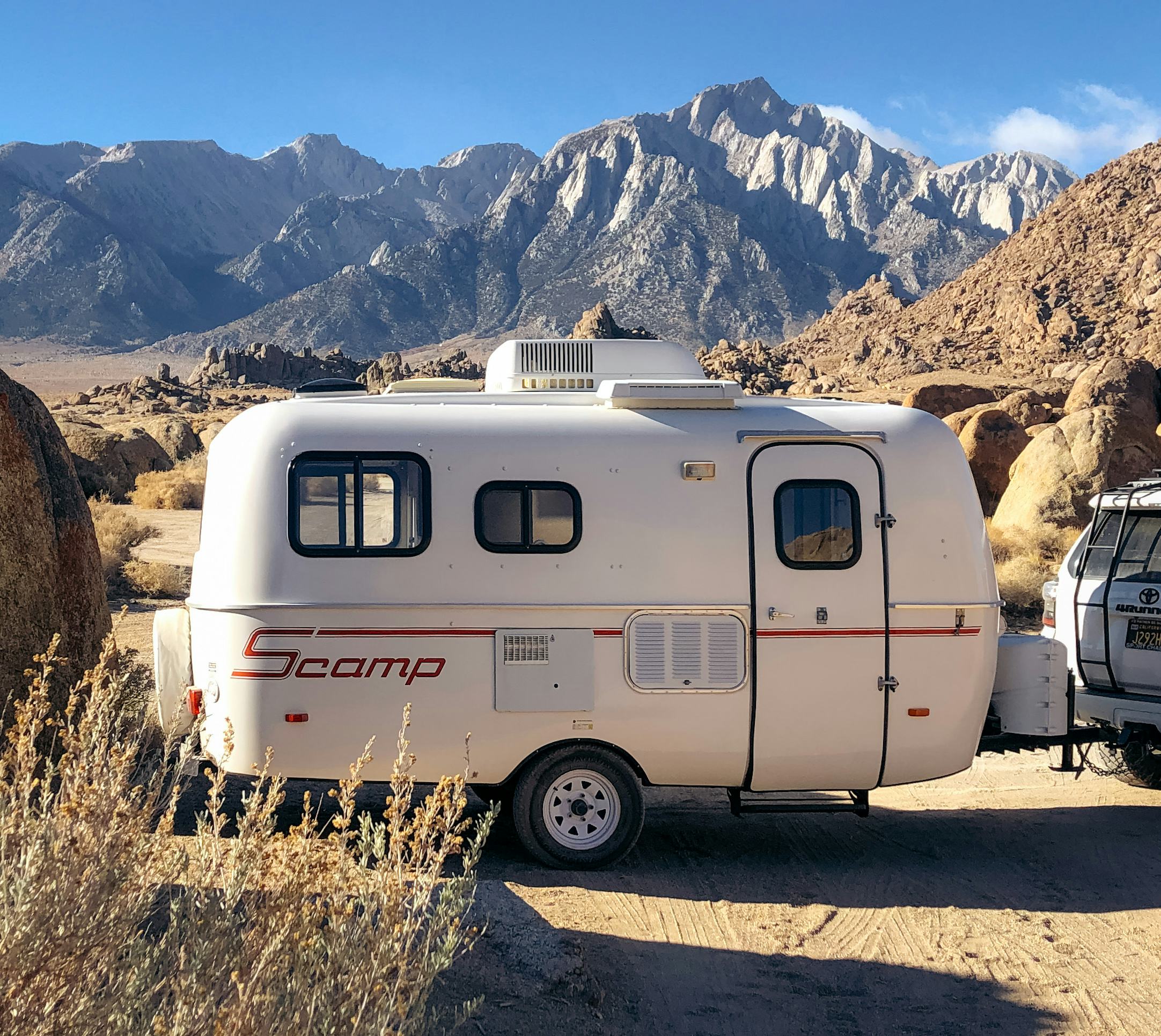How Airstream's First Iconic Trailer Set the Silver Standard
In 1936, Airstream’s future was bright—and metallic.

Photo: Airstream Heritage Center
AS WALLY BYAM TOLD IT, he helped his uncle herd sheep in the eastern Oregon high country as a kid in the 1910s, living out of a donkey cart with a kerosene cookstove, wash pail and sleeping bag. Years later, he channeled the cart while MacGyvering a trailer to entice his tent-averse wife to go camping. By 1931, he was selling DIY plans for a teardrop-shaped, plywood model and opening a small factory in LA for the company he’d soon name Airstream. And then, in 1936, Byam's factory turned out something novel: a sleek little bullet of riveted aluminum that its creator called the Clipper, billing it as “an airplane without wings.”

The Airstream Heritage Museum, in Jackson Center, Ohio, is a trove of vintage models, retro ads and other memorabilia.
“It felt like the future,” says Airstream historian Joe Peplinski. “This was the period of art nouveau, art deco, streamline moderne, and the shape of the Clipper fit right into that.” Its Duraluminum skin and bread-loaf shape promised good mileage at high speeds. But what made it radical was the introduction of high design and customizable glam to the previously utilitarian trailer scene: stainless-steel kitchen galleys, full cocktail bars, interior walls in a choice of white pine, magnolia, basswood or mahogany. Other swanky innovations included battery-operated lighting and airconditioning powered by dry ice.
Price tags for the made-to-order Clippers ranged from $1,500 to $5,000—“quite a luxury item during the Depression,” Peplinski says. Only a few dozen were made before World War II put an end to Clipper production. As a brand, Airstream didn’t hit the mainstream until a postwar relaunch in 1947, by which point its signature silvery hulls suggested a sense of intrepid refinement. Today, only a dozen or so Clippers are still known to exist, with the first-ever rediscovered in a backyard outside Mexico City in 2017, still sturdy enough for the 1,300-mile trip to a restorer in Oklahoma. Its builder would have appreciated the epic journey, Peplinski says: “Wally was always selling the dream of adventure.”






